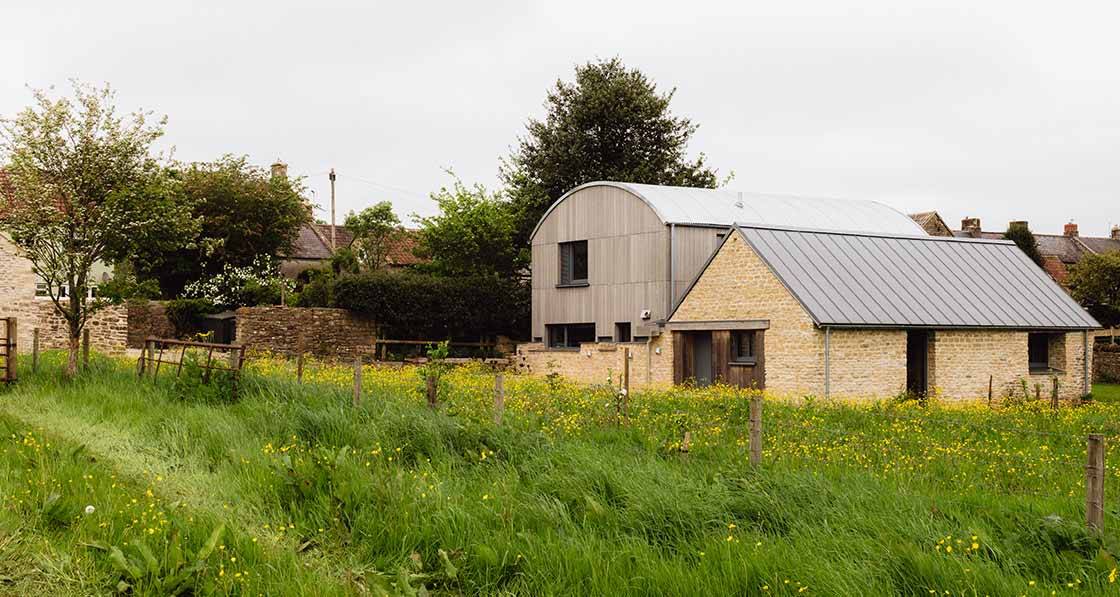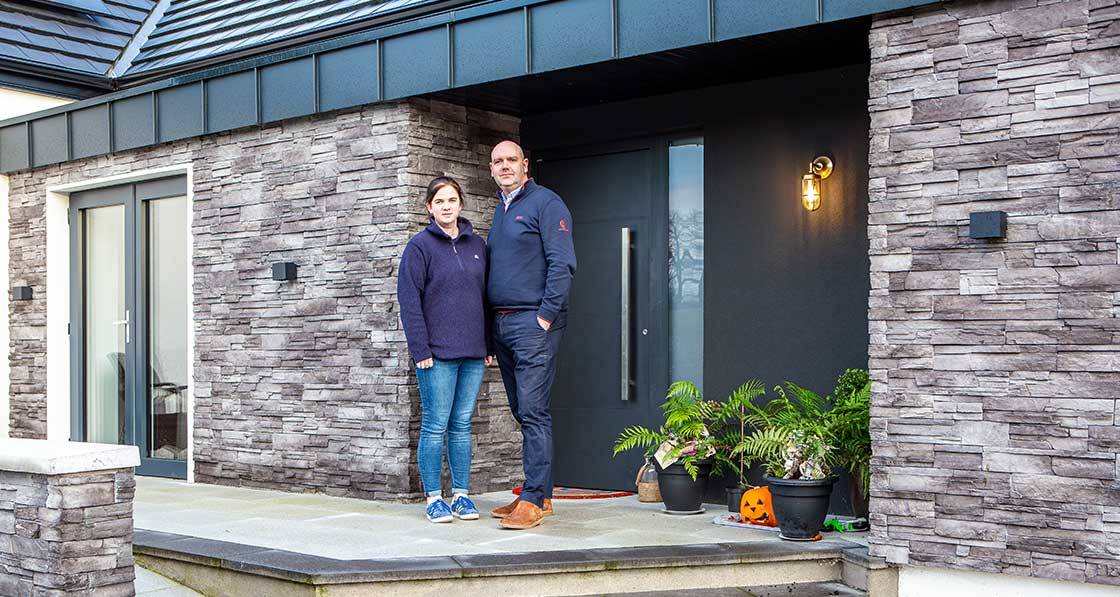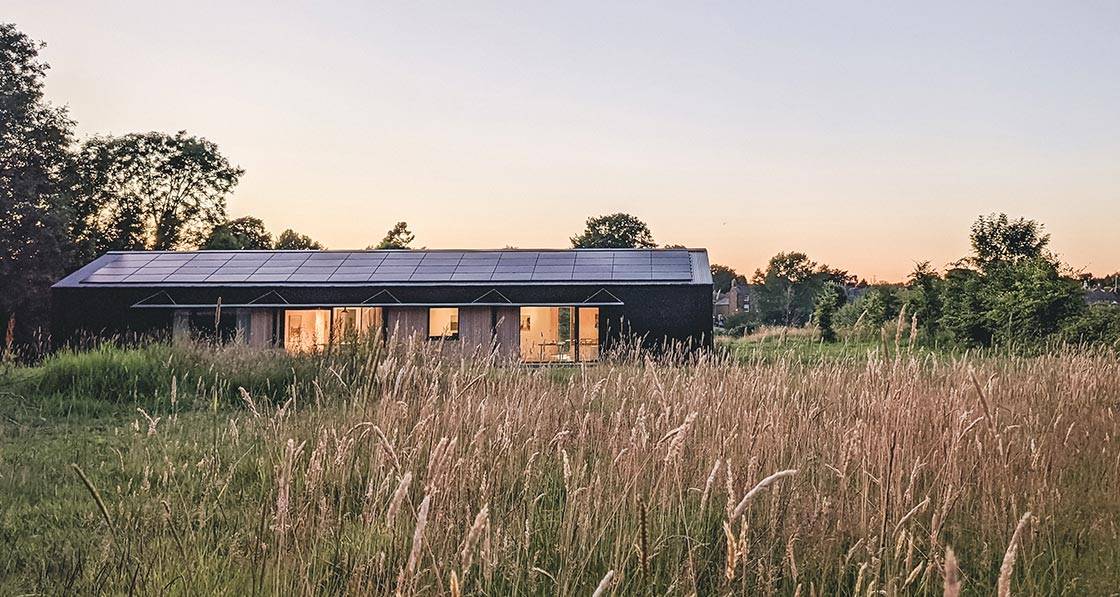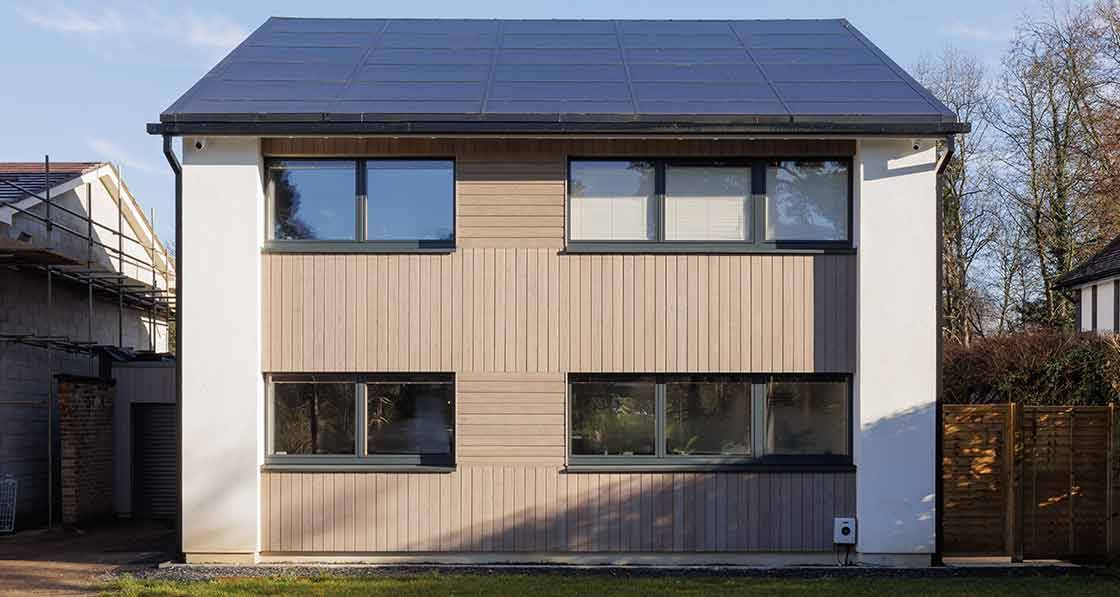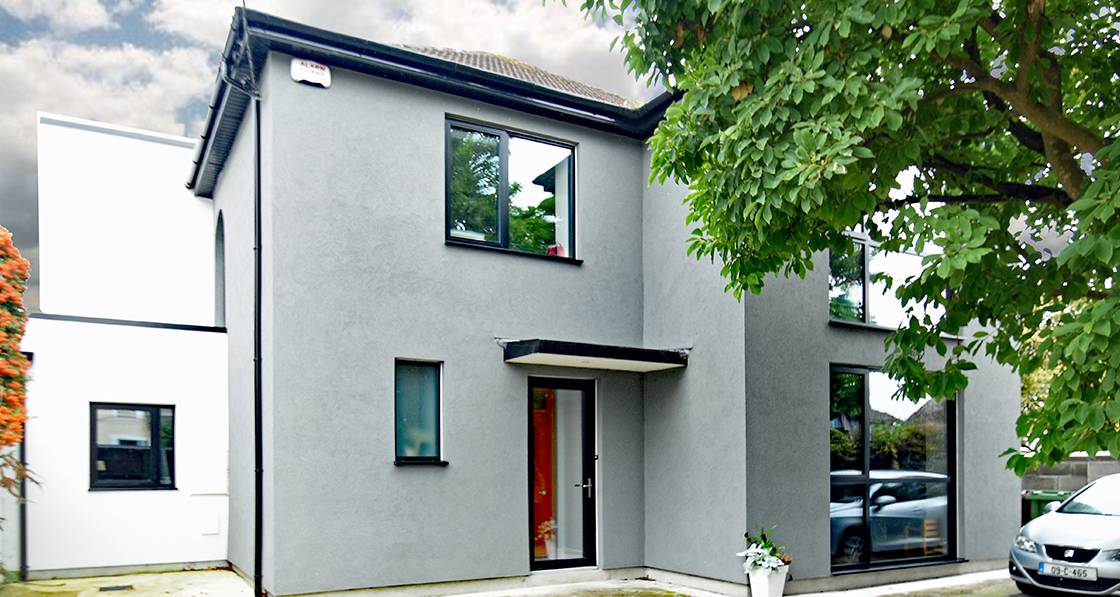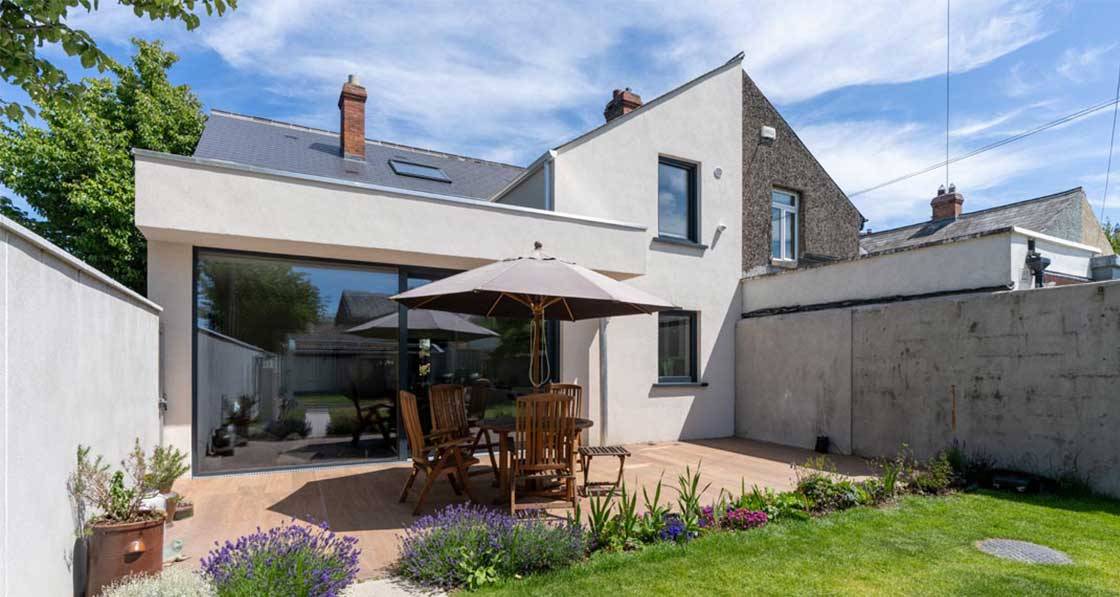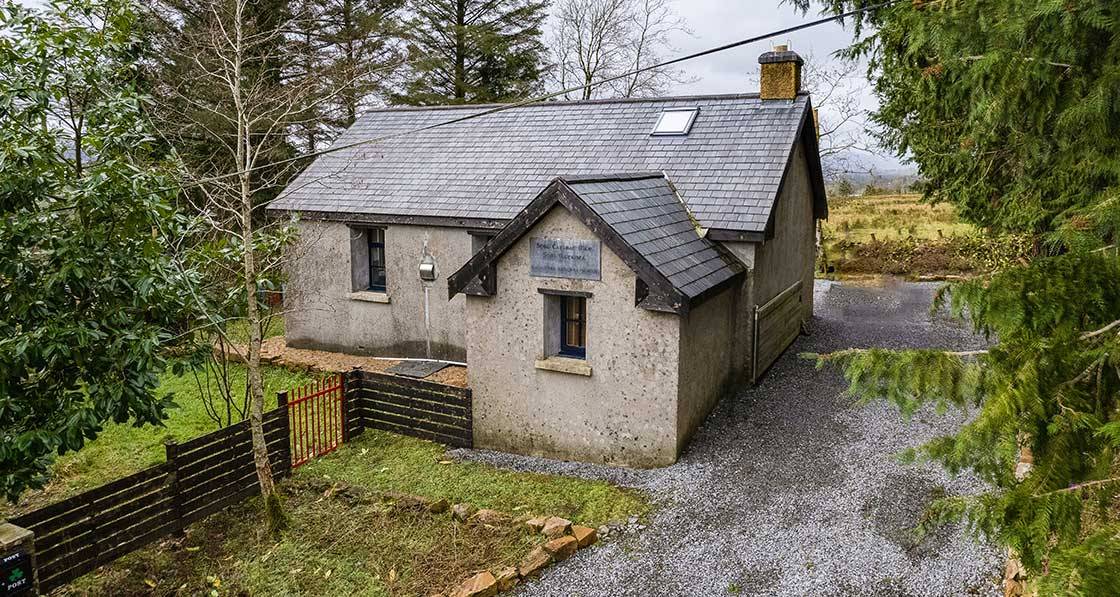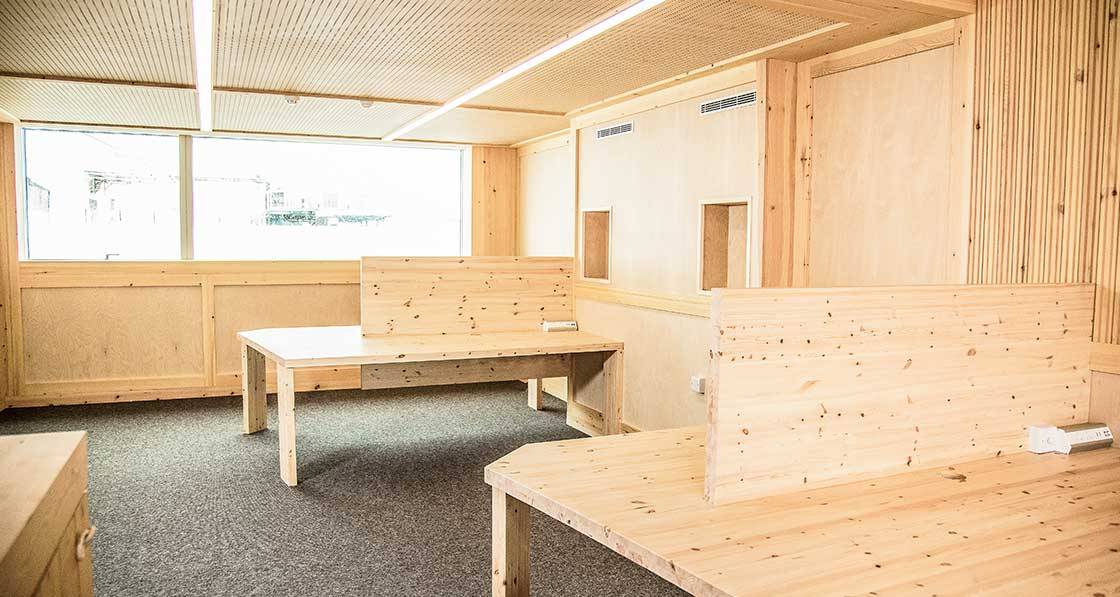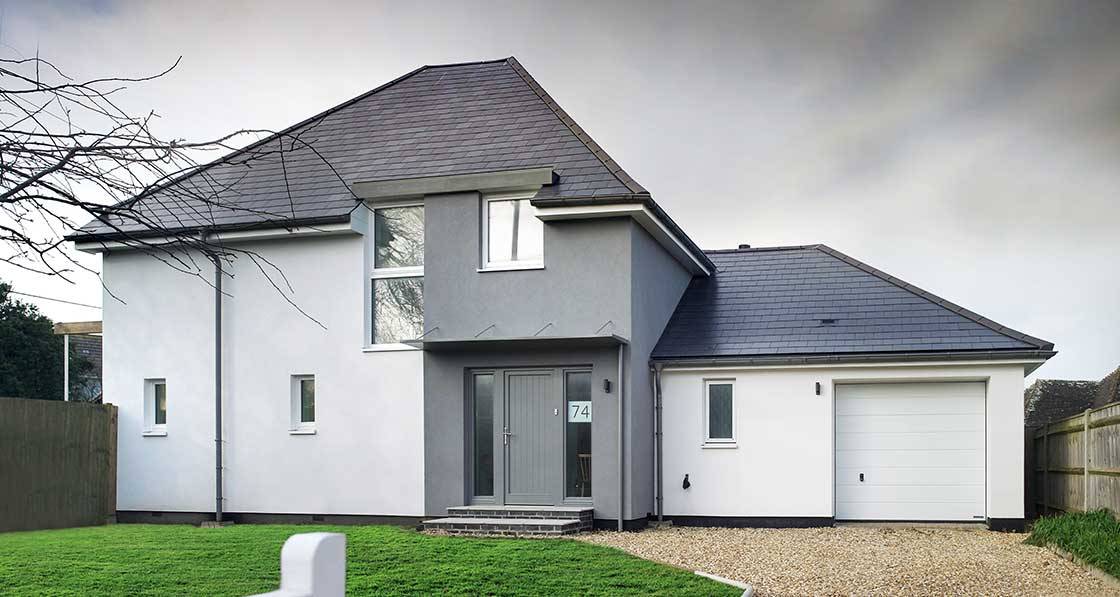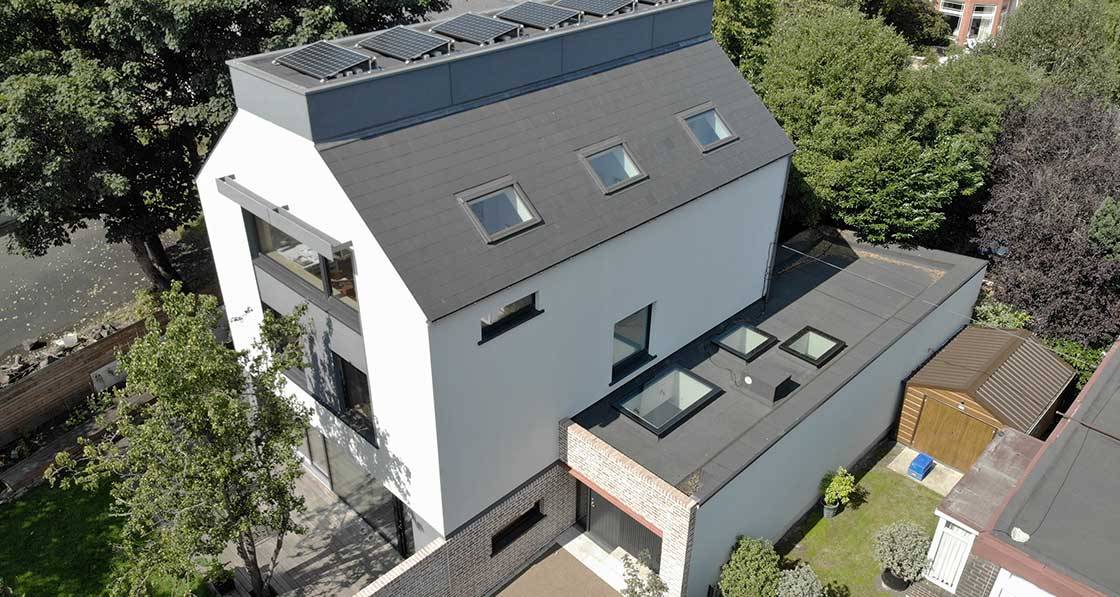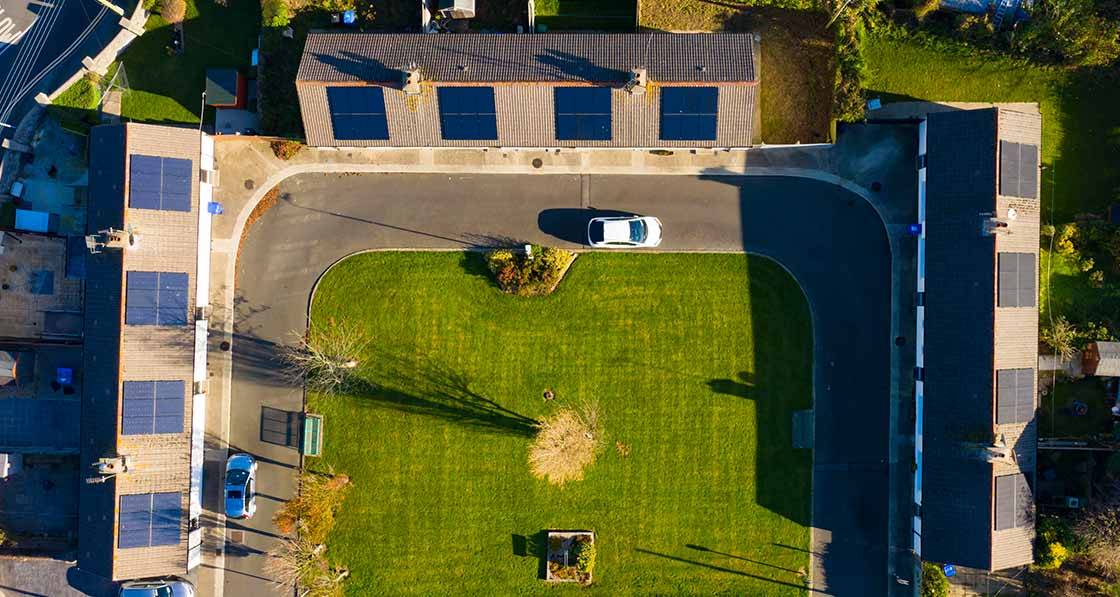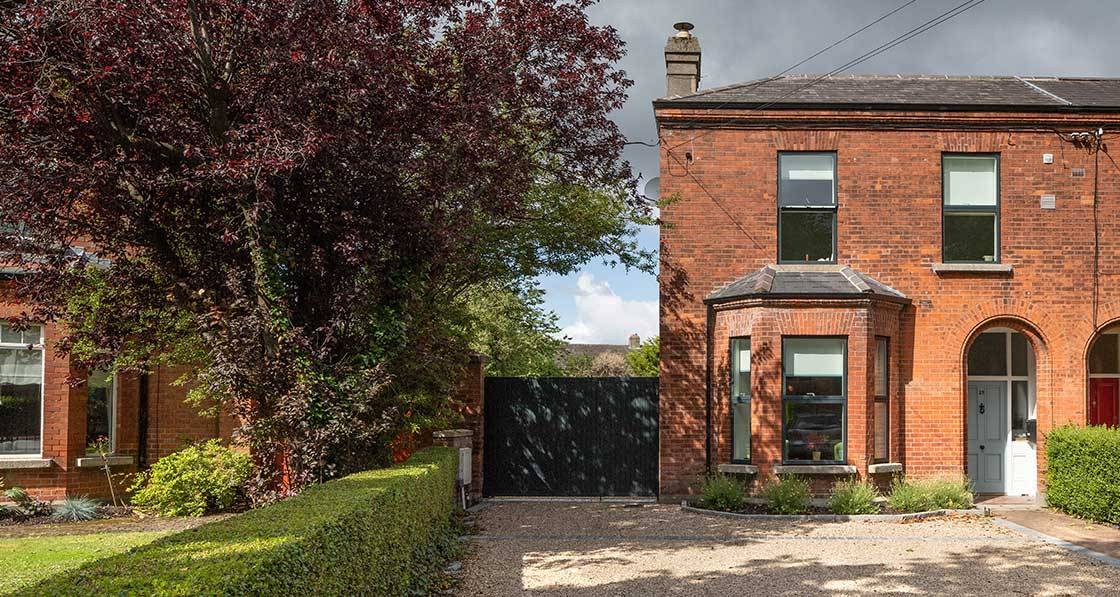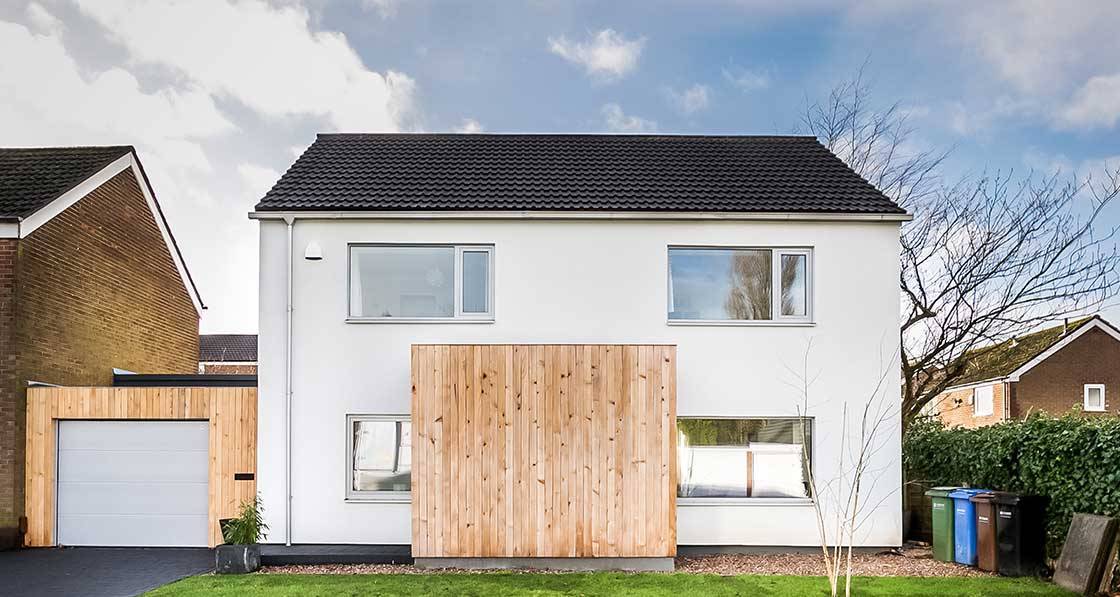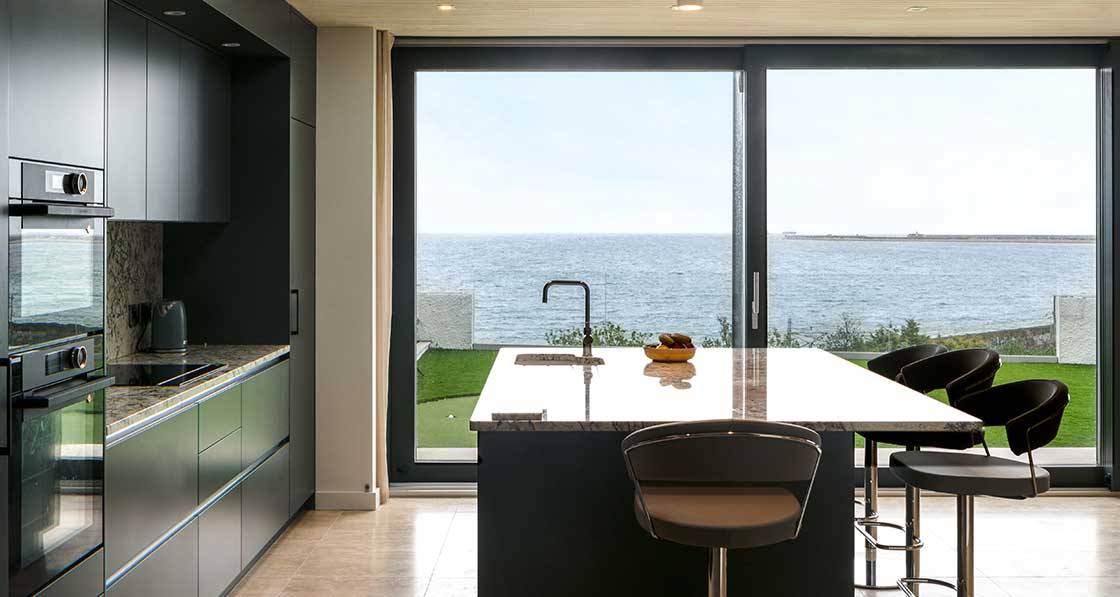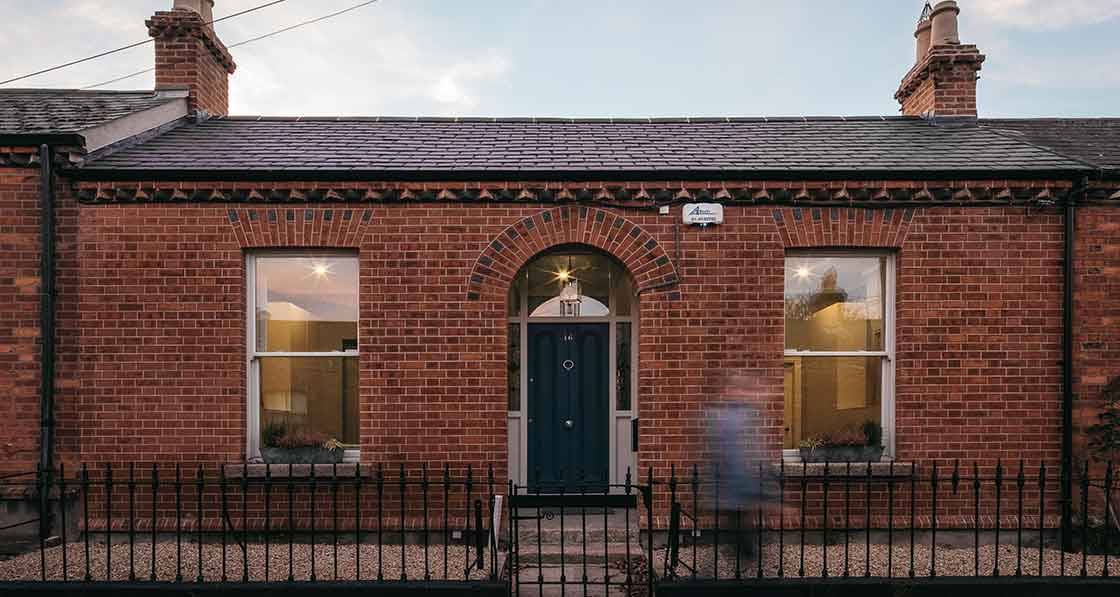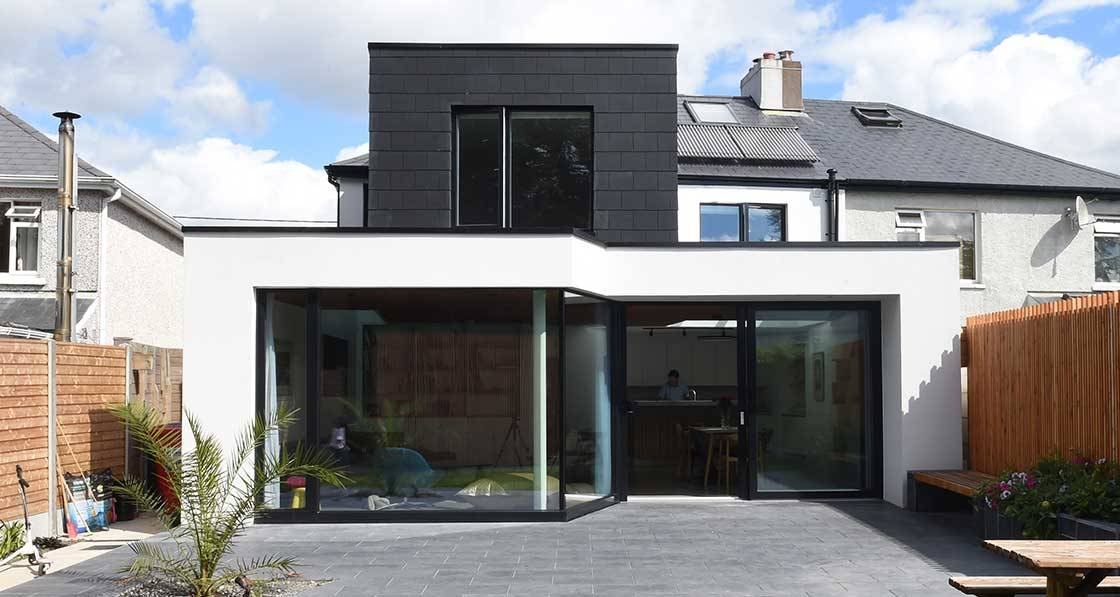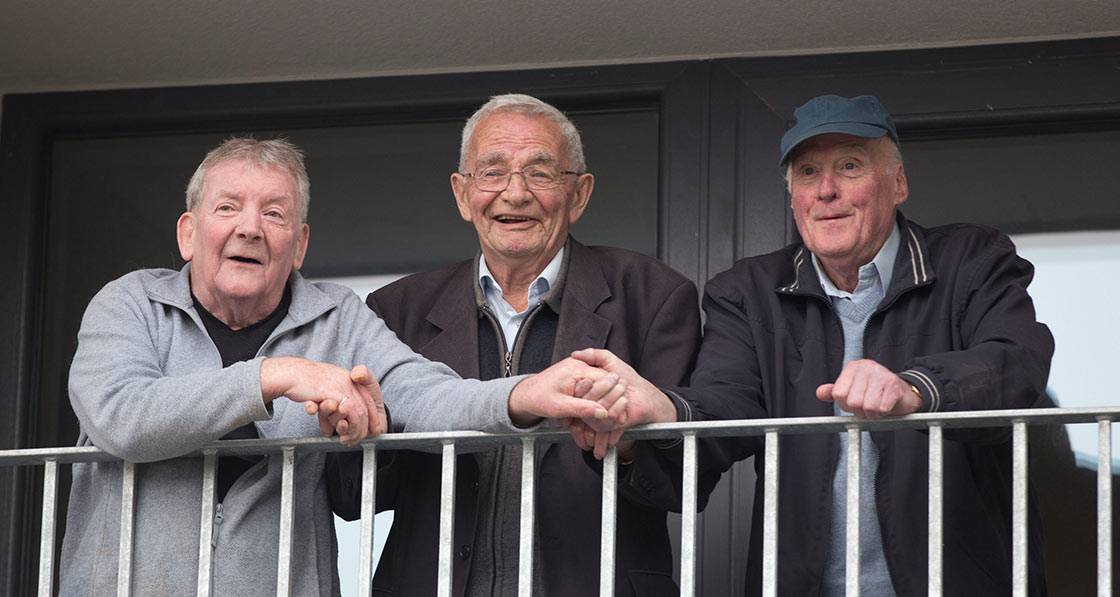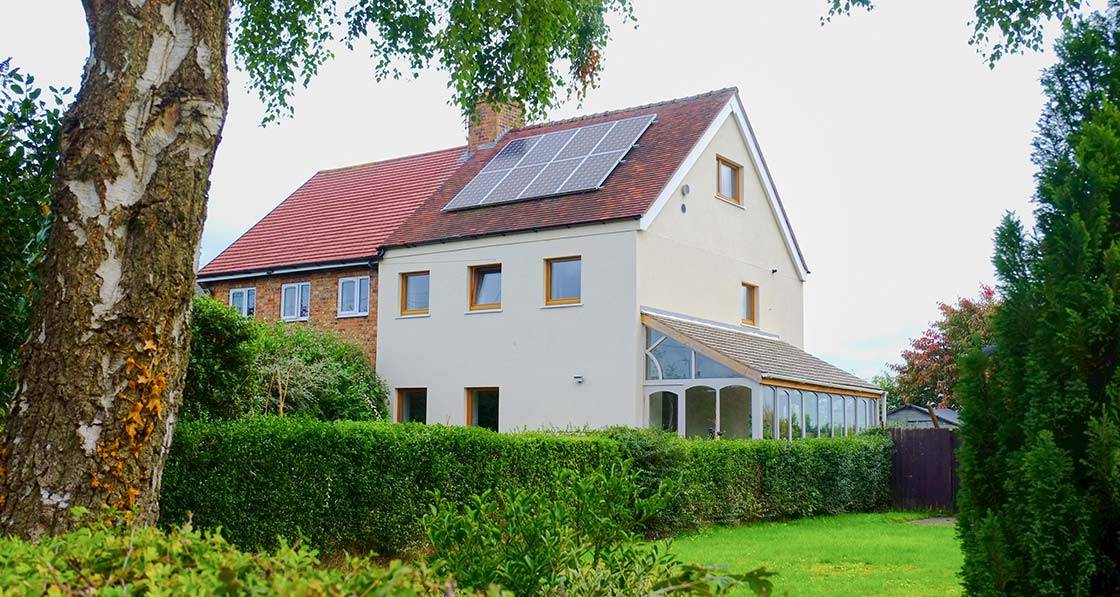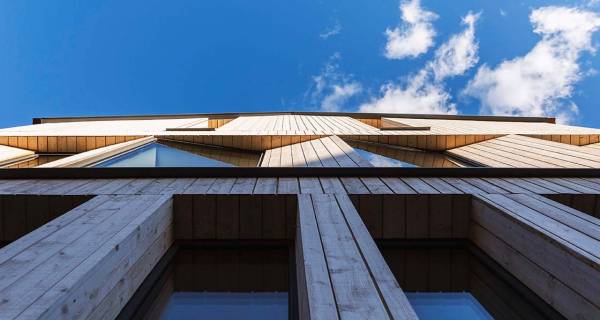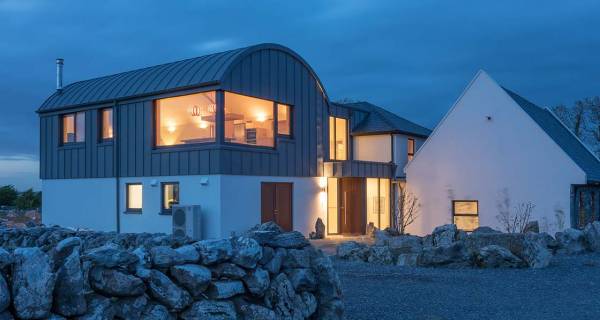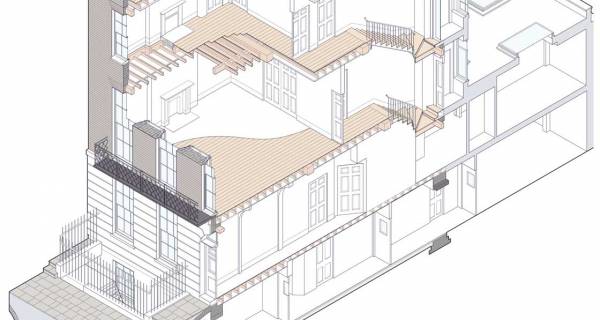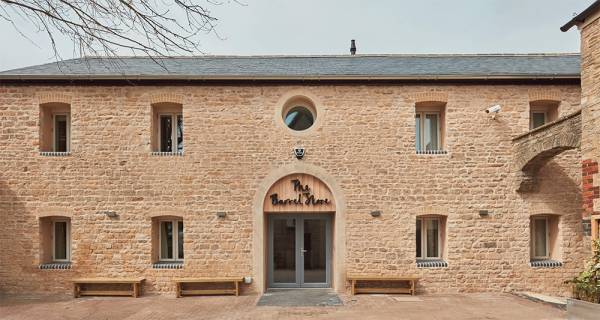Bungalow Bills
What does it feel like to suffer the cold, mould and discomfort of a 1960s bungalow, and experience its rebirth as a passive house? The owner of one award-winning project spills the beans.
Additional reporting by Jeff Colley
From small screen to deep green
The new Oxfordshire studio of Charlie Luxton Design, the practice of the well-known TV presenter and architectural designer, is deeply impressive for its exhaustive attention to sustainability across every facet of the project, from energy use and embodied carbon to the reuse of materials and the ecological restoration of the three-and-a-half-acre site. It’s a gorgeous building, too.
Phit the bill
A passive house, by its nature, requires a much smaller amount of energy than a typical home, and when its heating demand is met by electricity, and you cover it in solar PV panels, you can start to see the potential for a whole new generation of passive homes that are semi-independent of the electricity grid. This is the case for Carrstone House in Bedfordshire, which generates so much solar energy it had to be registered as a power station.
Passive Power
A passive house, by its nature, requires a much smaller amount of energy than a typical home, and when its heating demand is met by electricity, and you cover it in solar PV panels, you can start to see the potential for a whole new generation of passive homes that are semiindependent of the electricity grid. This is the case for Carrstone House in Bedfordshire, which generates so much solar energy it had to be registered as a power station.
It's a lovely house to live in now
Breath of life
The skilful deep retrofit of a red-brick semi on the south side of Dublin has brought an old property into the 21st century in terms of energy performance and living space, while carefully upgrading its century-old façade with breathable materials.
Home school
Rural Ireland has a crisis of dereliction, with numerous government policies aimed at breathing new life into thousands of old, vacant buildings. The careful transformation of one 19th century schoolhouse into a small, beautiful home shows a way forward for the sensitive, climate-conscious renovation of many of these properties.
Form and function
Run-down terraces are an all-too-common sight in towns and villages across Ireland, but an ambitious deep retrofit project in Tralee provides an inspiring blueprint for regeneration, taking a cold 19th century terraced office and turning it into a beautifully designed space with tiny energy bills, fit for the 21st century.
Witness the Phitness
The deep retrofit of this 1930s dwelling on the Hampshire coast provides a pitch-perfect example of how to transform old dwellings while preserving their original structure and minimising embodied carbon, utterly transforming the living space without the need for an extension, and creating a cosy home that uses two-thirds less energy than before.
Onwards and upwards
This Enerphit project in the suburbs of South Dublin has dramatically transformed and extended a dated 1970s dwelling by adding an extra storey, radically reducing its energy consumption and creating a smartly-designed, light filled family home and office.
Sligo deep retrofit delivers warmth, light & mountain views
Complete with butterfly roofed extension, this fabric first renovation has turned a cold and uninspiring 1970s bungalow into a cosy A-rated modern home, with some clever design touches helping to open the house up to wide-angle views and dramatic coastal light.
Senior college
The extensive energy and ventilation upgrade of 12 run-down bungalows at College View sheltered housing scheme in Wexford town not only transformed the lives and comfort of residents, but an extensive period of post-occupancy study has yielded important lessons for future projects.
Thinking inside the box - Victorian semi retrofitted as a house within a house
Facing the challenge of how to bring a Victorian home with damp old brick walls up to a modern low energy standard, architect Brendan O’Connor deployed an innovative solution: build entirely new and superinsulated timber frame walls within the old structure.
Good stock - Stylish Stockport retrofit achieves radical energy savings
This inspiring project may be exactly what the deep retrofit sector needs: an example of how to turn a bog standard, cold suburban home of little architectural merit into a climate champion delivering outstanding levels of energy performance, comfort and health, all while transforming the building architecturally.
Northern exposure - Deep energy retrofit transforms north-facing Dublin seaside semi
Even though its stunning views lay directly northward, simple design, good detailing and lots of insulation have turned this 1960s semi on the edge of Dublin Bay into a warm and light-filled low energy home.
Victoria Falls - 19th century home drops energy demand by 94%
This ambitious renovation and extension of a single-storey Dublin redbrick, bringing it up to an A1 rating while far exceeding the new build NZEB standard, provides a beautifully-detailed blueprint for delivering warmth, comfort, and healthy indoor air — as well as extra space and living density — in historic city centre properties.
Cork retrofit blitzes new build NZEB standard
The retrofit and extension of a run-down semi in Cork shows just how radically a typical Irish home can be transformed with a skilful retrofit — and why, if your budget is limited, upgrading the building fabric should be your first priority.
Inner strength - 60s Dublin city scheme a model for retrofit based regeneration
The dramatic conversion of 22 old bedsits on the north side of Dublin City into 11 passive-grade apartments offers an inspiring example of how to retrofit inner city housing while radically improving quality of life for residents.
Cheshire semi gets passive retrofit for £60k
Vet Chris Copeman was so meticulous about the deep retrofit of his home near the village of Frodsham that he decided to train as a passive house consultant and project manage the build himself. The result? A certified passive house created on a surprisingly low budget.
The deepest greenest retrofit ever?
With obsessive attention to preserving and restoring the original fabric of these two Victorian townhouses, and a commitment to shunning petrochemicals and using only natural materials, could this be the most wildly ambitious and sustainable passive retrofit ever undertaken in the UK?
Holy Trinity
Situated in a stunning location in the west of Ireland, between Galway Bay and the limestone hills of the Burren, this project provided a complex challenge in three parts: deep retrofit an old cottage into a yoga studio, reinvigorate its original extension, and build a new barrel-roofed passive-grade extension — then make it all work together as one unified home and workspace.
Historic London house gets near passive transformation
The default answer when you want to do pretty much anything to a listed building is ‘no’. The default assumption if you want to achieve the Enerphit standard for retrofit is ‘tackle everything’. So how on earth do you retrofit a listed building to within a whisker of the Enerphit standard — with the blessing of the conservation officer?
Victorian stone building becomes Enerphit youth hostel
Old buildings are tricky to upgrade – especially if external insulation’s not allowed. Utilising a combination of cutting edge building physics and a carefully selected palette of insulation materials, one Victorian stone building has been upgraded to the Passive House Institute’s Enerphit standard, slashing heating demand by 90%

